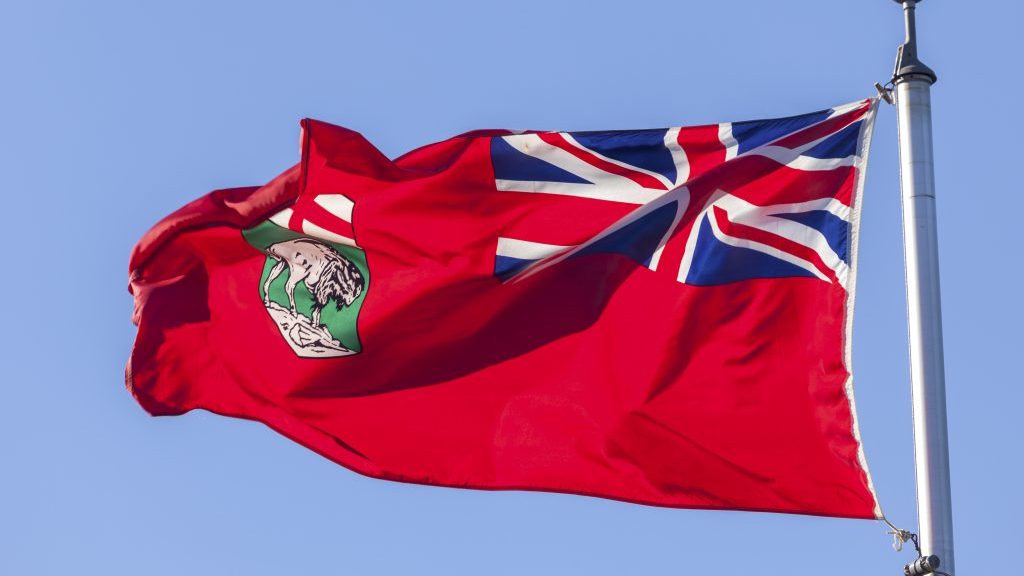The government of Manitoba needs to take a good, long, hard look at its transportation infrastructure investment strategy because trade is the lifeblood of the province and it can’t afford to get left behind, says Chris Lorenc, president of the Manitoba Heavy Construction Association.
“A solid transportation-infrastructure investment strategy to support our economic prosperity is an expensive proposition. But we can’t afford not to do it,” he stated in speaking notes prepared for the Manitoba Chambers of Commerce Deputy Ministers’ Dinner held recently in Winnipeg, Man.
“And, we need to get it right. We need to look at how, why, what and where we now spend our infrastructure dollars. We need to pull apart the current model – re-imagine how to engage policy planners and decisionmakers across departments, with all levels of government and with the private sector, setting aside parochial priorities, for the sake of economic growth, that will benefit everyone.”
In his remarks, and in an interview, Lorenc called on Manitoba to start a conversation that will lead to a new model that makes investments in trade-enabling infrastructure a priority for the province.
He says good roads, railways and infrastructure, specifically trade-enabling transportation infrastructure, are important to the Prairie province because it is the foundation on which the economy rides.
Manitoba is so dependent on trade, says Lorenc, and Western Canada should be viewed much the same as a business operation or a corporation that needs strategic investments in order to grow.
“It’s important, not just for Manitoba, it’s important for Canada because we are such a trade-dependent economy,” he notes. “Without our Canadian economy capacity to trade, we can’t generate the wealth which has given us the standard of living that we enjoy and is envied around the world.”
Indeed, statistics show that Manitoba’s export profile is critical to jobs, careers and funding its quality of life. In 2017, Manitoba’s top three exports were wheat, pork and canola and the top three export destinations were the U.S. at $9 billion, China at $1.4 billion and Japan at $812 million.
Lorenc maintains there is a proven link between investments in transportation infrastructure and the economic rate of return, as various studies by reputable companies and organizations have concluded that the GDP return on every $1 invested in trade-enabling infrastructure is $1.30 to $1.60.
Presently, he says, trade accounts for half of the Prairie province’s GDP, at more than $32 billion, and while there are new lucrative markets opening up for Canadian goods, the country’s other provinces and jurisdictions are gearing up to capitalize on that, so Manitoba can’t afford to ignore its issues.
Lorenc says trade doesn’t move if Manitoba does not have a seamless multi-modal transportation system.
“We export and you can’t export if you don’t have a transportation system that moves products to market.”
Lorenc says Manitoba is ideally positioned geographically as a keystone province where four class-one rails intersect.
He notes it’s also next to the U.S., and is a central location for shipments to global gateways like Prince Rupert and Delta, B.C., as well as Churchill, Man., and CentrePort, the first inland port in Canada, which has attracted at least $600 million of private sector investment in the past five or six years.
“It’s those four global gateways that need to be connected seamlessly by rail and air to allow Western Canada’s economy to hum.”
Lorenc says the condition of the province’s transportation infrastructure is always a prime consideration for companies that are considering whether or not to locate in Manitoba and government can’t ignore that.
“Trade is fundamental. It represents almost half of Manitoba’s GDP and we can’t ignore the goose that laid the golden egg.”
According to Lorenc, there is a lot to do as Winnipeg’s infrastructure, for example, is not up to par. The city has released a list of 22 major capital projects valued at $4.9 billion it needs over the next 10 years.
To right the ship, Lorenc says the province has to buy in and acknowledge that strategic investments in trade-enabling infrastructure are vital to support the province’s growing economy.
“Without that appreciation and commitment, none of the other things can flow.”
He uses the analogy of a coat hanger to illustrate his point.
“It doesn’t matter that the shoulders to the hanger exist if you don’t have the hook. The hook to the shoulders, here, is an appreciation and an acknowledgement of the fundamental, indispensable importance of a trade-enabling system to growing Manitoba and, by extension, Canada’s economy.”
Lorenc says that the province also needs to review the existing methods of transportation infrastructure investment, figure out what it wants to achieve going forward, establish a timeframe, determine partnership opportunities available and investment strategies to fund the builds.
“It’s not good enough, anymore, for provincial and federal governments to simply come to a signing ceremony and say, ‘Here’s 30 per cent of the capital cost,’ because the cost of these assets is in its lifecycle, not in its construction.”
Lorenc proposes that Manitoba focus on improving transportation infrastructure and growing its economy so it can generate the revenues needed for social and other programs.
“If we don’t grow the size of the economic pie, it doesn’t matter what we want from health care, education, or social services. We won’t have the budgets with which to fund them.
“We need to understand that it’s growing the economy that creates the jobs, that multiplies those jobs, that multiplies the number of taxpayers that contribute to the general treasuries, with which we then allocate.”











Recent Comments
comments for this post are closed